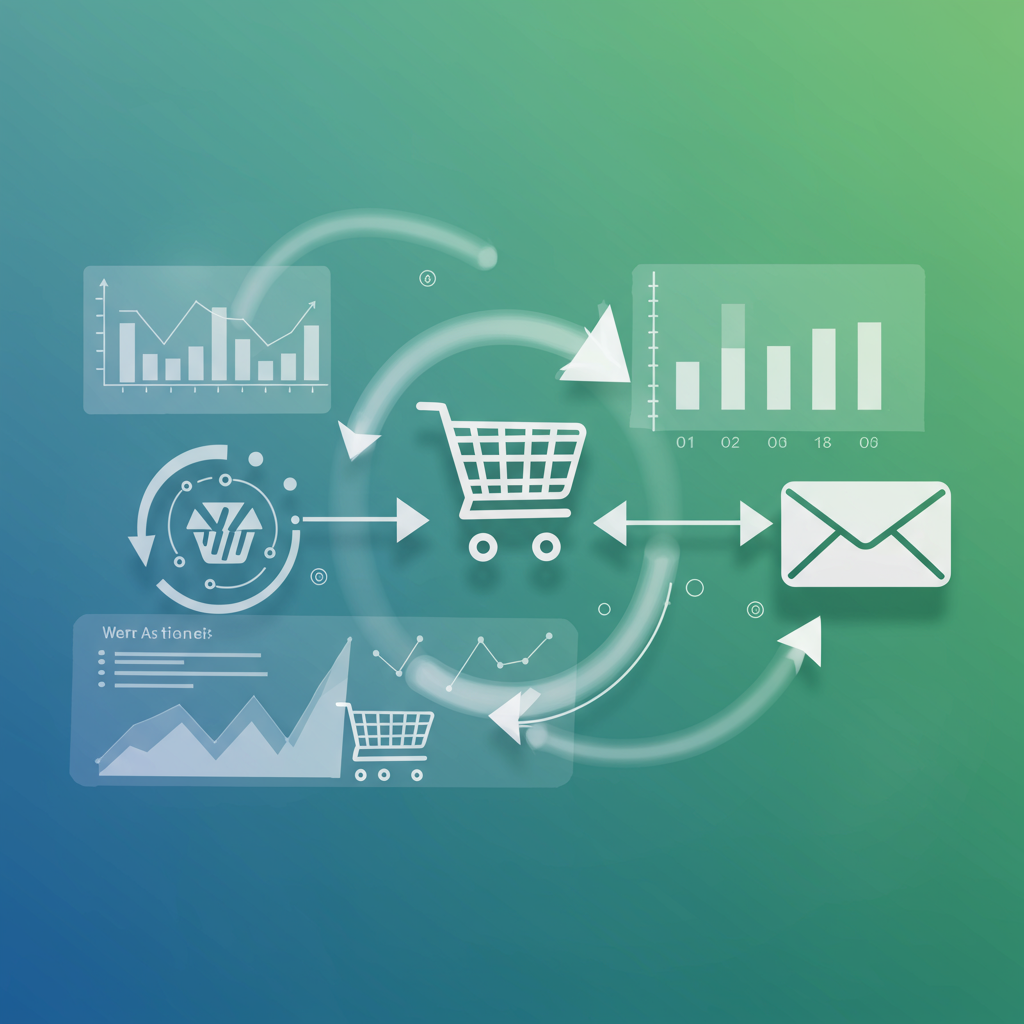Streamline Your Store’s Growth and Customer Engagement with Smart Automation Strategies
As a Shopify merchant, I know firsthand how much effort goes into running an online store. From managing inventory and fulfilling orders to handling customer service, it can feel like there aren’t enough hours in the day.
That’s precisely why I became such a strong advocate for marketing automation. It’s not just a buzzword; it’s a fundamental shift in how we can manage and scale our marketing efforts without constantly being glued to our screens.
For me, marketing automation on Shopify means setting up systems that automatically perform tasks like sending emails, SMS messages, or even updating customer segments based on their behavior.
My goal with this guide is to walk you through my approach to setting up effective marketing automation for your Shopify store, helping you save time, increase sales, and build stronger customer relationships.
First, let’s clarify what marketing automation truly is in the context of an e-commerce business like ours. It’s about using software to automate repetitive marketing tasks.
Think of it as having a tireless assistant who never forgets to follow up with a potential customer, welcome a new subscriber, or thank a loyal buyer. This frees me up to focus on strategy and product development.
The benefits are immense. I’ve seen improved customer retention, higher conversion rates, and a significant boost in my average order value, all thanks to well-implemented automation.
So, where do we begin? My starting point is always understanding the customer journey. Before I automate anything, I map out the typical path a customer takes from discovery to purchase and beyond.
This journey usually includes stages like awareness, consideration, purchase, and post-purchase. Each stage presents opportunities for automated touchpoints.
For Shopify merchants, the most common and impactful areas for automation revolve around email marketing, SMS marketing, and sometimes even integrating with social media or ad platforms.
When it comes to tools, Shopify itself offers some built-in capabilities, most notably Shopify Flow, which is incredibly powerful for automating tasks within your store.
However, for more sophisticated marketing automation, especially email and SMS, I rely on dedicated platforms. My personal favorites include Klaviyo and Mailchimp, depending on the scale and complexity I need.
Let’s dive into some specific automation flows that I consider essential for any Shopify store. The first, and arguably most critical, is the abandoned cart recovery sequence.
I typically set up a series of 2-3 emails for abandoned carts. The first goes out within an hour, a gentle reminder. The second, 24 hours later, might offer a small incentive. The third, 48 hours later, a final nudge.
Next, a robust welcome series for new subscribers or first-time customers is crucial. This isn’t just about saying hello; it’s about introducing your brand, sharing your story, and building trust.
My welcome series usually consists of 3-5 emails over a week. I introduce my brand values, showcase popular products, offer a first-purchase discount, and share social proof like customer testimonials.
Post-purchase automation is another goldmine. After a customer makes a purchase, I automate emails for order confirmation, shipping updates, and then a follow-up asking for a review.
I also like to include product recommendations based on their purchase history in these post-purchase emails, subtly encouraging repeat business. This has been very effective for me.
Beyond these core flows, I also implement win-back campaigns for inactive customers. If someone hasn’t purchased in 60-90 days, I send a personalized email with a special offer to re-engage them.
Similarly, I use re-engagement flows for email subscribers who haven’t opened an email in a long time. A simple “Are you still interested?” email can help clean my list and improve deliverability.
Setting these up involves connecting your chosen marketing platform (like Klaviyo) to your Shopify store. This integration allows the platform to pull customer data and trigger automations based on their actions.
Within the platform, I design my email templates, write compelling copy, and then define the triggers and delays for each step in the automation flow. It’s a bit of work upfront, but the long-term payoff is huge.
I always recommend segmenting your audience. Don’t send the same message to everyone. Tailor your automations based on purchase history, browsing behavior, or even geographic location for maximum impact.
Finally, don’t just set it and forget it. I regularly monitor the performance of my automation flows. I look at open rates, click-through rates, conversion rates, and revenue generated.
Based on these metrics, I continuously optimize my emails, adjust timings, and even A/B test different subject lines or calls to action. It’s an ongoing process of refinement.
Marketing automation has truly transformed how I manage my Shopify store’s growth. It allows me to provide a personalized experience to my customers at scale, which is something I couldn’t achieve manually.
It’s about working smarter, not harder, and building a more resilient and profitable e-commerce business. I encourage you to explore these strategies for your own store.
What are your thoughts on marketing automation for Shopify? Have you implemented any of these strategies, or do you have others that have worked well for you? I’d love to hear your perspective.






